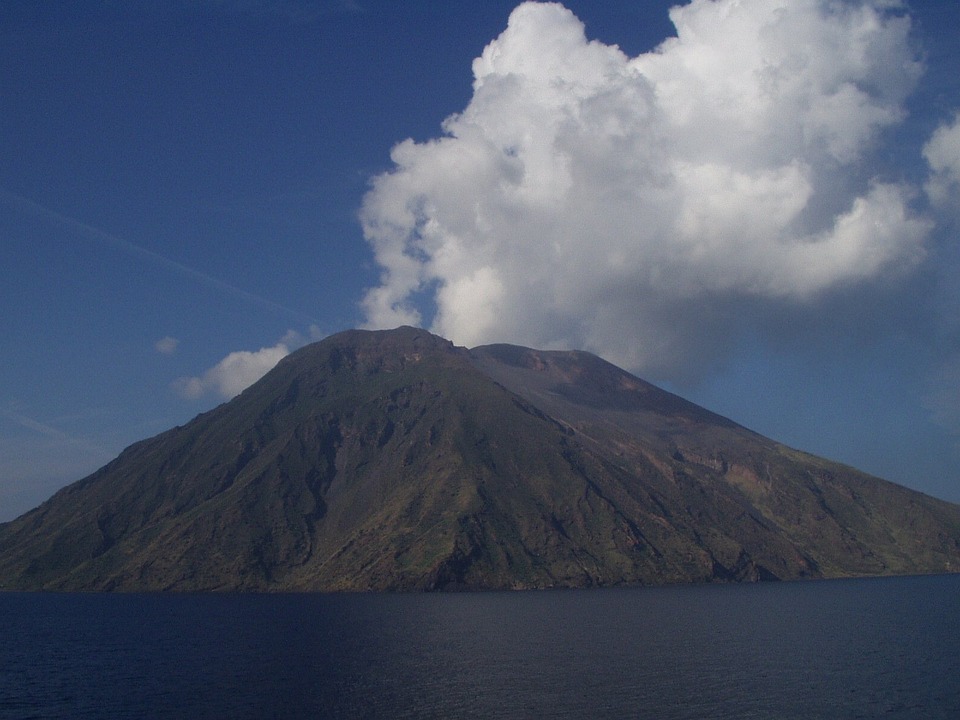We know Volcanoes emit toxic gases and fine particles when they erupt. However, a new study revealed that non-erupting volcanoes also leak a surprisingly high amount of sulfur-containing gases.
In this study, researchers were analyzing ice core layers for calculating the levels of sulfate aerosols between the years 1200 and 1850. They wanted to explore the sulfur emitted by marine phytoplankton, which was considered to be the biggest source of atmospheric sulfate.
However, while analyzing a Greenland ice core, researchers discovered volcanoes silently release much more climate-changing gases than they thought. They estimated that sleeping volcanoes are releasing at least three times more sulfur into the Artic atmosphere than previously estimated by current climate models.
“We found that on longer timescales the amount of sulfate aerosols released during passive degassing is much higher than during eruptions,” said first author Ursula Jongebloed, a UW doctoral student in atmospheric sciences. “Passive degassing releases at least 10 times more sulfur into the atmosphere, on decadal timescales, than eruptions, and it could be as much as 30 times more.”
“We were planning to calculate the amount of sulfate coming out of volcanoes, subtract it and move on to study marine phytoplankton,” Jongebloed said. “But when I first calculated the amount from volcanoes, we decided that we needed to stop and address that.”
Volcanic aerosol emissions can strongly impact the world’s climate
Considering the fact that Sulfur emissions cool the planet, there is a need to recalibrate climate and air quality models.
The research has been published in Geophysical Research Letters.







